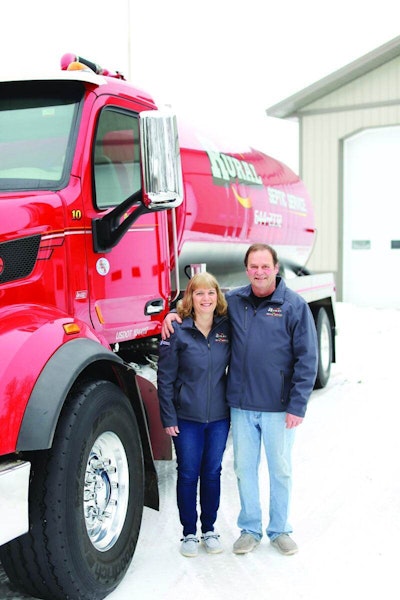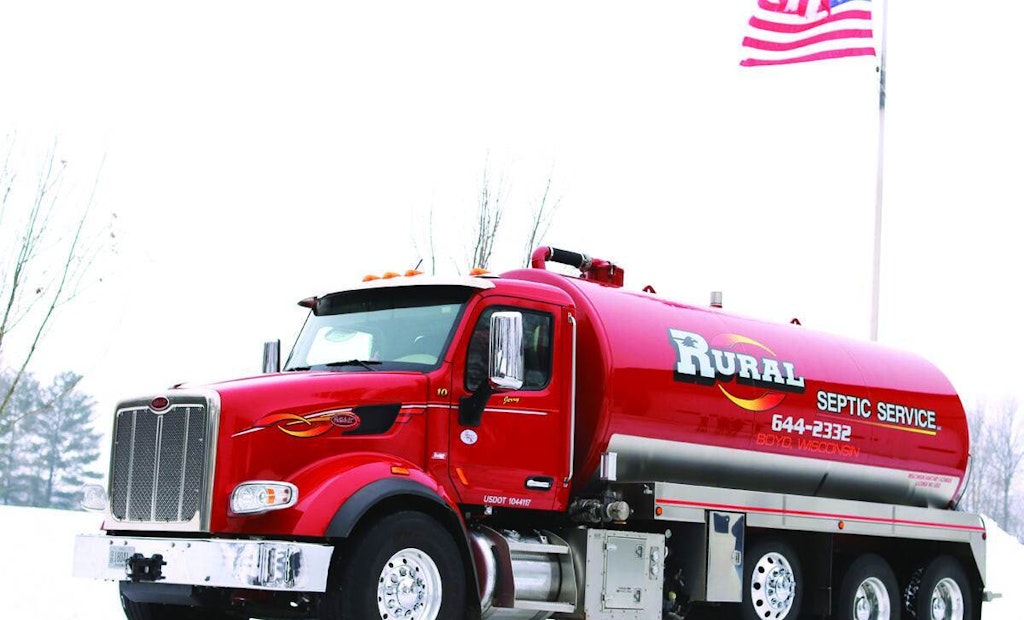The pumping industry has come a long way in the 40 years Jerry and Chris Jakubowicz have been running mom-and-pop outfit Rural Septic Service. When they started out, Jerry was driving a 1964 Ford carrying a 1,500-gallon boiler tank and pumpouts were $20 for holding tanks and $25...
This Rig Is Big, Red and Reliable
Jerry Jakubowicz poured 40 years of pumping know-how into the design and specifications of the 2022 Classy Truck of the Year
Popular Stories
Discussion
Comments on this site are submitted by users and are not endorsed by nor do they reflect the views or opinions of COLE Publishing, Inc. Comments are moderated before being posted.







